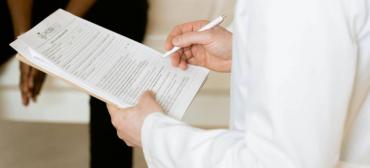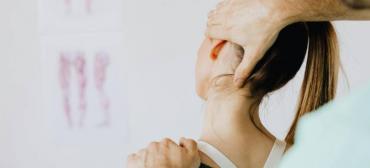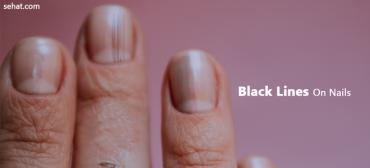Presbycusis
What is presbycusis?
| |
| Click Image to Enlarge |
Presbycusis is the gradual loss of hearing that occurs as people age. It is a common disorder associated with aging. One in three older adults over age 65 has hearing loss. About half of people over age 75 have hearing loss.
Presbycusis usually occurs gradually, and typically in both ears equally, with some people not immediately aware of the change.
What causes presbycusis?
There may be many causes for presbycusis, but it most commonly occurs because of age-related changes in the following locations:
-
Within the inner ear
-
Within the middle ear
-
Along the nerve pathways to the brain
Contributors to presbycusis include:
-
Cumulative effects of environmental noises
-
Loss of hair cells (sensory receptors in inner ear)
-
Hereditary factors
-
Aging
-
Various health conditions
-
Side effects of some medications
What are the symptoms of presbycusis?
The following are the most common symptoms of presbycusis. However, each individual may experience symptoms differently. Symptoms may include:
-
Speech of others sounds mumbled or slurred
-
High-pitched sounds, such as "s" or "th" are hard to distinguish
-
Conversations are difficult to understand, particularly when there is background noise
-
Men's voices are easier to hear than women's
-
Some sounds seem overly loud and annoying
-
Tinnitus (ringing in the ears) may occur in one or both ears
The symptoms of presbycusis may resemble other conditions or medical problems. Always consult your physician for a diagnosis.
Treatment for presbycusis:
Specific treatment for presbycusis will be determined by the physician based on:
-
Your age, overall health, and medical history
-
Extent of the disease
-
Your tolerance for specific medications, procedures, or therapies
-
Expectations for the course of the disease
-
Your opinion or preference
Treatment options for presbycusis may include the following:
-
Avoiding loud noises and reducing noise exposure
-
Wearing ear plugs or special fluid-filled ear muffs (to prevent further damage to hearing)
-
Hearing aid(s)
-
Assistive devices such as telephone amplifiers
-
Training in speechreading--using visual cues to determine what is being said





















